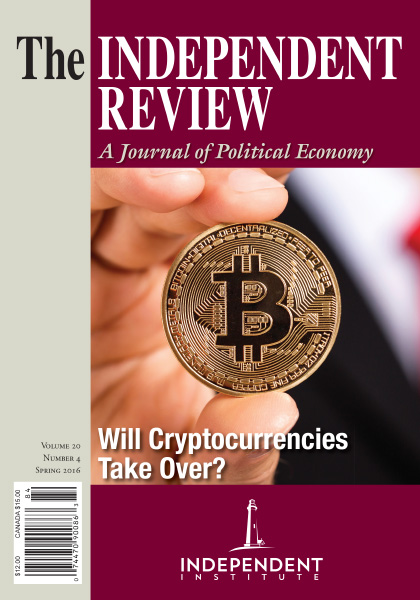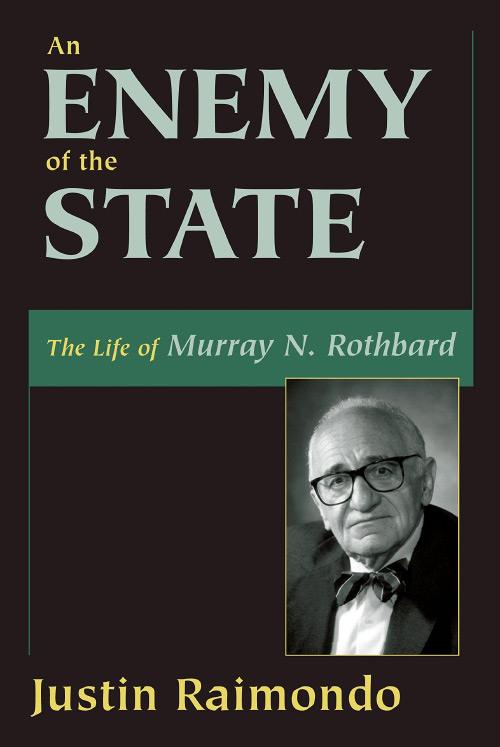Andrew Zimbalist has written a timely and important book addressing a topic of vital importance for taxpayers, sports fans, and public officials around the world. The May 2015 indictment of a number of Federation Internationale de Football Association (FIFA) executives by the U.S. attorney general for corruption related to the awarding of the 2010 Copa America soccer tournament and the subsequent resignation of newly reelected FIFA president Sepp Blatter highlight the seedy underside of the process of allocating sports mega-events, which Zimbalist examines in detail. The increasingly vocal opposition to Boston’s bid to host the 2024 Summer Olympic Games also provides a rich backdrop for this book. Circus Maximus is required reading for anyone interested in a thorough, no-holds-barred account of how sports mega-events are awarded and what impact these events have on host communities.
The book contains a narrative account of the awarding and hosting of the Olympic Games and FIFA World Cup since their inceptions and an analysis of the short-run and long-run economic consequences of these mega-events. It also discusses in detail the financing, economic impact, legacy effects, and existing scholarly research on sports mega-events. Zimbalist has done a thorough, well-organized job of marshalling both primary evidence and existing research to paint a comprehensive and disturbing picture of the Olympic Games, the World Cup, and the opaque, Byzantine organizations that control the awarding of these events.
The book will be eye-opening for readers familiar only with the citius, altius, fortius pageantry, the feel-good fellowship, the international spectacle associated with the staging of the Olympic Games and World Cup, and the mythic Olympic Movement ideals that the International Olympic Committee (IOC) touts as its guiding principles. Zimbalist thoroughly debunks the ideas that the IOC and to a lesser extent FIFA primarily champion human rights, celebrate athletic performance, and provide important economic and social benefits to host countries. For example, Zimbalist points out that the IOC’s principle of nondiscrimination, clearly articulated in the Olympic Charter, was violated from the get-go. The IOC excluded women athletes from participating in the inaugural 1896 Athens Games and likely for racially motivated reasons stripped Native American Jim Thorpe of his medals won at the 1912 Stockholm Games. Zimbalist also thoroughly discredits the idea that the Games and the World Cup generate substantial tangible economic benefits for host countries by documenting the long history of cost overruns, “legacy” effects such as white-elephant facilities too large and too lavish for local athletes and teams to use after the events end, commercialization, and corruption that both the IOC and FIFA have left in their wakes.
Students of the economic history of the Olympic Games and World Cup will recognize that not every event has been a financial fiasco. Both the 1984 Los Angeles and the 1992 Barcelona Summer Games were successful in terms of their financing and, in the case of Barcelona, their lasting impact on local infrastructure and worldwide perception of the host city. Zimbalist argues that these successful outcomes were the result of unique sets of circumstances that are very unlikely to be replicated in any other setting. Los Angeles had no competitors for the hosting of the 1984 Games, which forced the IOC to waive its infamous and onerous requirement that local governments guarantee the full cost of hosting the games no matter what they cost and to extensively utilize existing facilities rather than building new ones. Barcelona was more than fifteen years into a meticulously mapped and competently executed urban-redevelopment plan, so the organizers of the Barcelona games seamlessly integrated the Games and their facilities into this plan. Equally important for elevating Barcelona’s status as a world-class tourist destination is the fact that it has a mild, sunny climate, central location, and rich cultural history and had been neglected for decades by the Franco regime in Spain.
Potential host cities and regions would benefit from a close study of Zimbalist’s case studies and arguments that outcomes like those in Barcelona and Los Angeles are the exceptions; one theme in the book is that the most likely outcome resembles that of the 2012 London Summer Games. Organizers originally forecast total costs of $5 billion for the London Games, but subsequent analysis revealed the actual costs exceeded $15 billion. Zimbalist also documents the general lack of substantial legacy effects of the London Games, despite dedicated efforts by the organizers to ensure a positive and lasting legacy. These organizers, like all local organizing committees, clearly had good intentions and lofty goals. But Zimbalist’s cautionary tales highlight the fact that the rules set by the IOC and FIFA, their idiosyncratic allocation of the huge broadcast rights and sponsorship fees generated by these events, and the nature of hosting sports mega-events, make it difficult to host an economically beneficial and sustainable World Cup or Olympic Games.
The book also serves as an excellent reference for readers interested in expanding their knowledge of the organization and governance of FIFA and the IOC and in locating the existing body of scholarly research on the economics of sports mega-events. All of the relevant research papers published in peer-reviewed academic journals are referenced and summarized. Zimbalist has collected a wealth of information about past bids, costs, attendance, and television viewership from a wide variety of sources and concisely presented it in an easy-to-access format. He also explains clearly the striking differences between ex ante “economic impact reports” forecasting billions of dollars of tangible economic benefits flowing from sports mega-events and ex post econometric analyses that show little or no actual benefits.
Given the critical nature of the book, Zimbalist closes with suggestions for improving the way that sports mega-events are conducted and the way that the rights to host these games are allocated. The suggestions approach the issue both from above (aiming at changing FIFA and the IOC) and from below (aiming at changing the way potential hosts view and organize the Games and the World Cup). At the top, Zimbalist correctly points out that many of the problems documented in the book flow directly from the monopoly power enjoyed by the IOC and FIFA. These two extragovernmental organizations answer to nobody, completely control the rights to host these hugely popular events, and own all associated intellectual-property and broadcast rights. Both organizations make extreme demands on host communities, requiring large, new, state-of-the-art facilities, even, in the case of the Olympic Games, for less-popular sports such as indoor cycling, softball, and swimming. This requirement drives up costs, and primarily benefits the IOC and FIFA because these lavish facilities and elite competitors generate worldwide interest in watching the competitions, which primarily benefits the broadcast rights holders. Proposed use of existing facilities has not been rewarded since Los Angeles (an exceptional case), and efforts at putting on “sustainable” events appear to be fruitless. Worse, both the World Cup and the Olympic Games are awarded through a competitive process where potential hosts must compete with the number and lavishness of planned facilities. Zimbalist observes that the IOC and FIFA set the rules, and the voting members of these organizations that determine the host city or country are ill equipped to assess the overall economic development potential of various bids. The solution is not to reform the allocation process but to use international organizations focused on economic development such as the World Bank and the International Monetary Fund, to assess bids that contain important economic components.
The economic remedy to monopoly is competition. Here, Zimbalist points out that the general public appears to have little interest in substitutes for the Olympic Games, as indicated by the ill-fated Goodwill Games held a few decades ago. This is an apt analogy, but perhaps the increasing popularity of alternative media such as streamed video will change the playing field in this area.
Zimbalist’s bottom-up solutions amount to potential hosts standing their ground when their bids do not meet the stringent IOC and FIFA requirements for new facility construction and other economic goodies (exemption from import duties and taxes, special treatment for the “Olympic Family”). The key issue here would appear to be the requirement that local fiscal authorities guarantee to cover any and all costs of hosting sports mega-events, including security costs and cost overruns associated with facility and infrastructure construction. This requirement means cooperative action on the part of all potential hosts during the bidding process. So long as a sufficient number of potential hosts emerge, such cooperation appears to be an unlikely outcome. However, Zimbalist documents the existence of long-term cycles in the leverage enjoyed by the IOC and FIFA as the number of bidders waxes and wanes. This leverage ebbed in 1984 when Los Angeles was the only bidder for the Games and forced the IOC to waive its financial-guarantee requirement, but it increased in the following decades. Zimbalist posits that it may again be ebbing. But one wonders why taxpayers in potential host cities should wait for these long-term cycles to play out. In any event, Zimbalist makes a clear and persuasive case that the entire process is in dire need of reform and that taxpayers and decision makers need to better understand the process and history of hosting sports mega-events.
BRAD R. HUMPHREYS West Virginia University


















